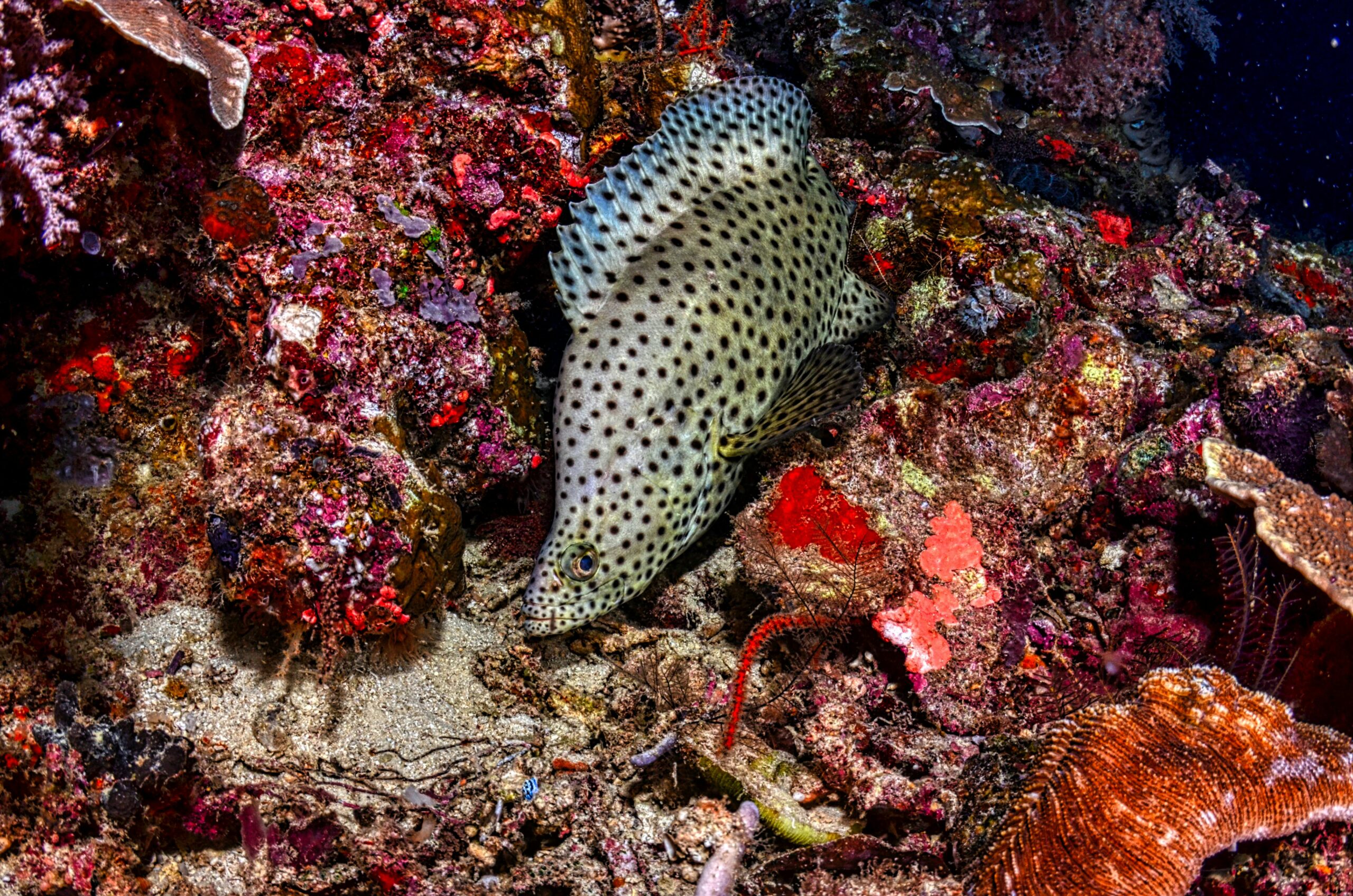Cute Animals
Long-Lost ‘Legend’ Leopard Fish Rediscovered

Quick Smiles:
- A team of ichthyologists in Turkey has rediscovered the ‘legendary’ leopard barbel fish in the Turkish section of the Tigris River.
- Local fisherman Mehmet Ülkü played a crucial role in the rediscovery, catching two of the rare fish and keeping them safe until the scientists could confirm their identity.
- The leopard barbel’s rediscovery is a beacon of hope for the protection of the Tigris River’s rich biodiversity, with plans for educational seminars to help foster pride in local riverways and wildlife.
In the world of ichthyology, the rediscovery of a “legendary” fish is always a reason to celebrate. This was the case for a team of scientists in Turkey who recently found the leopard barbel (Luciobarbus subquincunciatus), a carp-like, spotted fish, in the Turkish section of the Tigris River. This fish, once abundant in Eastern Turkey, Eastern Syria, Iran, and Iraq, had been pushed to the brink of extinction over the last three decades due to fishing, pollution, habitat destruction, and dam construction.
Despite the grim outlook, local fishers’ stories suggested that the leopard barbel might still be swimming in the Tigris. Inspired by these tales, associate professor Cüneyt Kaya and assistant professor Münevver Oral at Recep Tayyip Erdogan University decided to enlist the help of these local fishers in their search. “There is nothing quite like the feeling of finding that a species that has been pushed to the brink of extinction is still hanging on, despite the odds,” Kaya shared, expressing the exhilaration of their success.
Their search began with a review of scientific literature detailing the previous locations of the species. However, the data was outdated, collected before the construction of nine dams in the Turkish portion of the Tigris River. These dams altered the water flow and temperature, driving many freshwater fish towards warmer waters. Thus, the team had to adjust their search strategy, looking further downstream from the dams.
Just days after their second expedition, Kaya and Oral received a video call from local fisherman Mehmet Ülkü. He had caught a 20-inch, 4.4-pound fish with conspicuous black spots and the telltale fleshy filament that dangles from the mouths of this type of freshwater fish. Ülkü kept the fish alive in a tank with a constant oxygen supply overnight, while Kaya and Oral embarked on long drives to Cizre in the far southeastern reaches of Turkish Kurdistan to confirm the fish’s identity.
By the time they arrived, Ülkü had caught a second leopard barbel. The scientists were able to help him release the first one safely back into the wild. “We dropped everything and would have gone to the ends of the Earth to see this fish, this legend, alive in the wild,” Oral said, expressing the profound joy of their discovery.
After documenting the fish with photos and measurements, Kaya and Oral, along with the local Cizre fisheries aquaculture department, released the second leopard barbel. This joyous event marked a significant step in the conservation efforts for this species. Ülkü, the fisherman, shared his pride in contributing to this rediscovery, emphasizing the importance of educating other fishers and combining scientific knowledge with local expertise to safeguard the species.
Looking ahead, Kaya and Oral plan to conduct a series of seminars for fishers and teachers to foster pride in their riverways and wildlife. They will use the leopard barbel’s rediscovery as a case study to protect the Tigris River and its rich biodiversity. They also hope to gain a better understanding of the leopard barbel’s current population and distribution across their historic range.
This successful expedition was co-funded by Re:wild, a global leader in rediscovering lost species and protecting them. The leopard barbel is the second species on Re:wild and SHOAL’s Most Wanted Lost Fishes list to be rediscovered, following the Batman River loach, found by the same team in Southeastern Turkey in late 2021. So, let’s share the good news about this important conservation work being done in Turkey’s rivers!

-

 Cute Animals2 years ago
Cute Animals2 years agoPuppy Love Patrol: Service Dog Swoons Over K9 Officer Neighbor
-

 Cute Animals2 years ago
Cute Animals2 years agoHugs, Hooves, and Happiness: Newborn Donkey Steals Hearts by Demanding Affection [Video]
-

 Cute Animals2 years ago
Cute Animals2 years agoWATCH: A German Shepherd’s Surprising Parenting Instinct for Lost Ducklings!
-

 Cute Animals2 years ago
Cute Animals2 years agoPetty Pup Pulls Off Hilarious Bone Heist [Video]
-

 Heroes2 years ago
Heroes2 years agoA Lost Dog’s Bark Leads to a Lifesaving Discovery
-

 Cute Animals2 years ago
Cute Animals2 years ago“Pure Love”: Adopted Rescue Dog Can’t Hide How Grateful He Is [Video]
-

 Cute Animals2 years ago
Cute Animals2 years agoTiny but Mighty: Cat with Dwarfism Becomes Internet Star as Owners Adapt Backyard for Her Comfort
-

 Cute Animals2 years ago
Cute Animals2 years agoAdorable Puppy Steals Hearts After a Tiring Swim [Video]